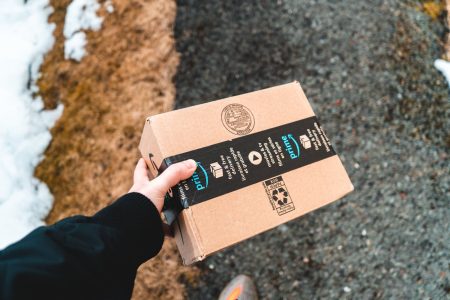Despite meeting first-quarter revenue expectations and surpassing earnings forecasts, the Dutch medical technology giant Philips warned that new tariffs would severely hurt its profitability this year, which caused its shares to drop more than 4% on Tuesday, May 6th.
Tariffs take a toll on Philips’ earnings and profits
Philips’ quarterly revenue of $4.7 billion aligned with analysts’ forecasts. At $0.28 per share, adjusted earnings exceeded the $0.25 consensus estimate, a stronger result than anticipated. However, the modest financial performance was soon overshadowed by worries about growing trade barriers. CEO Roy Jakobs lowered the company’s 2025 profit forecast. He cited an expected $280 million to $340 million hit from recently imposed tariffs. Instead of the previously anticipated range of 11.8% to 12.3%, Philips now anticipates an annual profit margin between 10.8% and 11.3%.
“The newly announced tariffs are having a clear impact,” Jakobs said recently. “While strong demand has allowed us to maintain our sales forecast, we have factored the expected tariff costs into our profit and cash outlook.”
Under President Trump’s revised trade strategy, Philips and other medical device manufacturers have not been exempt from tariffs. These taxes, which have been in place since April 2, have presented additional difficulties for a sector already dealing with supply shortages following the pandemic. Reciprocal tariffs between the U.S. and China, a significant market for Philips, currently include a 125% tax on American exports and a 145% duty on Chinese imports.
Jakobs is attempting to reduce trade tension
Jakobs underlined that Philips is still interacting with Chinese and American officials in an effort to reduce trade tensions. In the interim, the business is speeding up its efforts to localize its supply chains in key areas. Since the COVID-19 pandemic, Philips has been reducing its exposure to global disruptions by investing in regional manufacturing capabilities.
“The global medical technology supply chain is inherently complex. It’s not feasible to source all components from a single region,” Jakobs said. “That’s why we’re expanding operations within each of our key markets—Europe, the U.S., and Asia.”
Philips currently operates 46 locations across the US and just revealed a new cardiac device facility in Minnesota. Jakobs said the company implements stringent cost controls to counteract tariff pressures and prevent consumer price increases. Securing a tariff exemption could offer significant relief, as medical devices account for 80% of Philips’ portfolio. However, Philips concentrates on enhancing operational resilience and sustaining demand through supply chain agility until trade conditions improve.
Featured Image Credit: Stephen Andrews; Pexels: Thank You!















